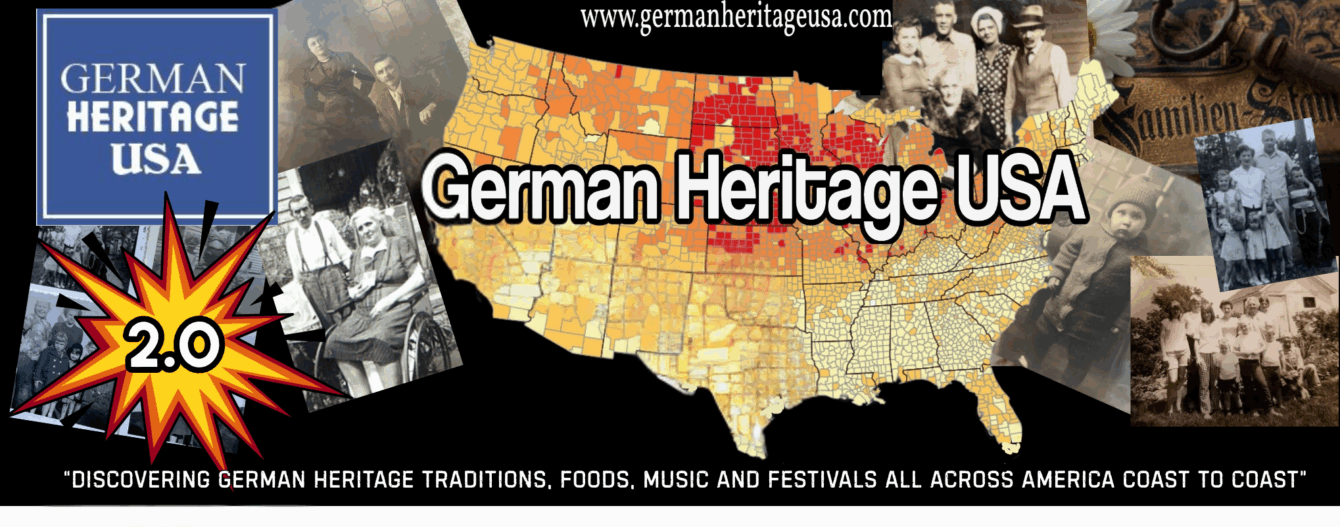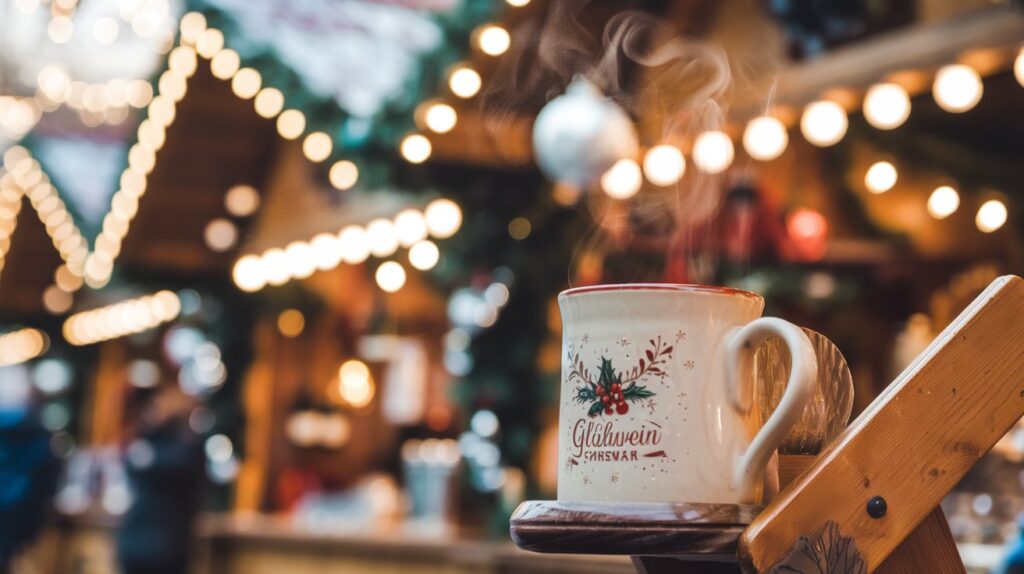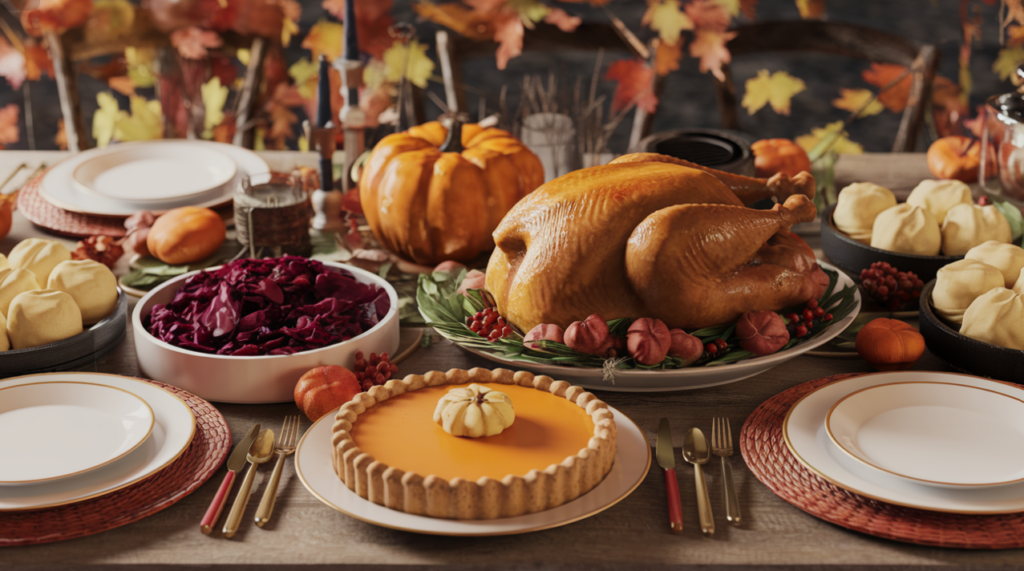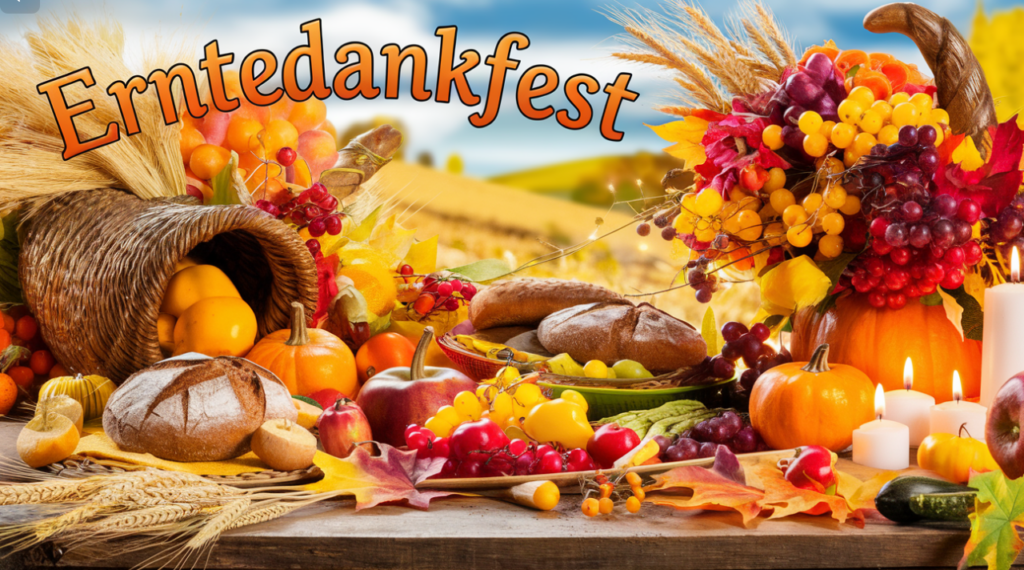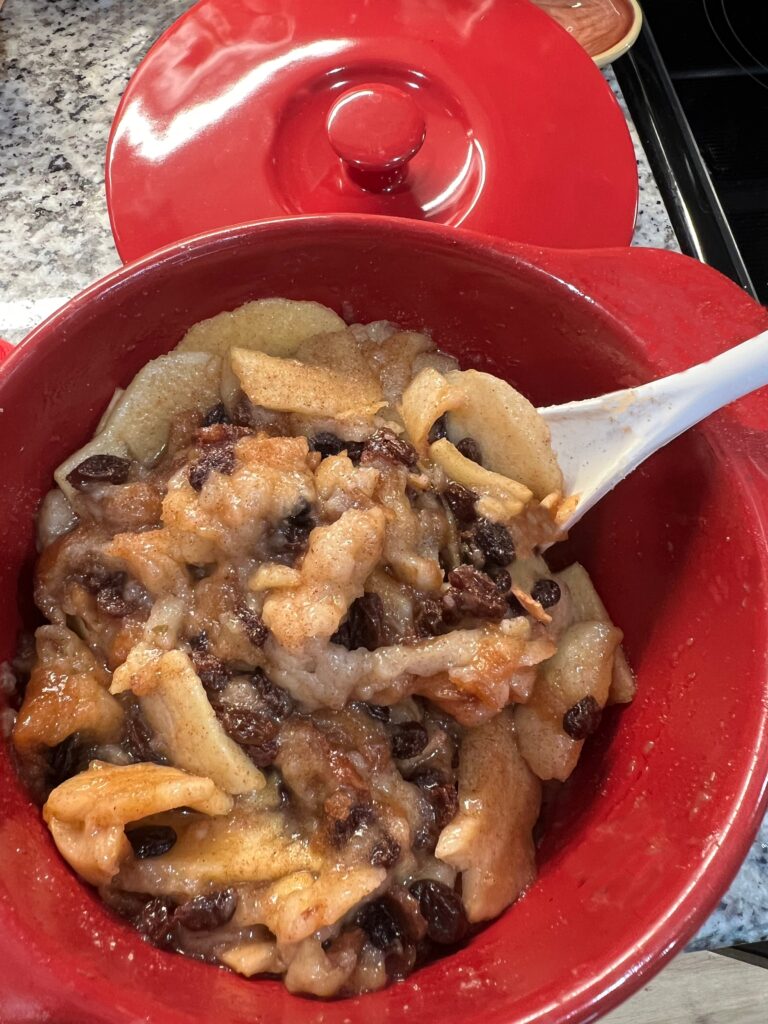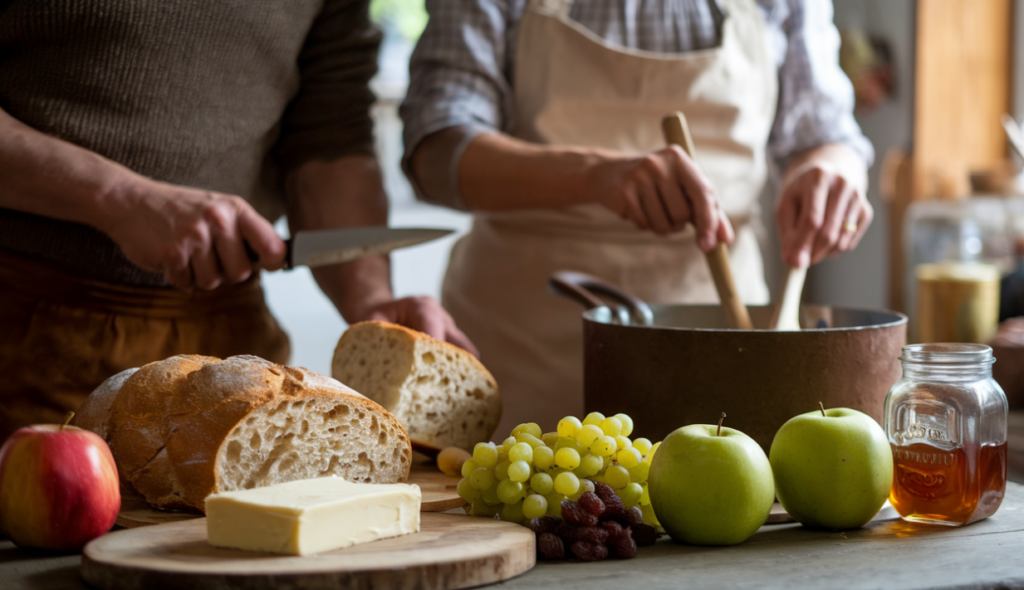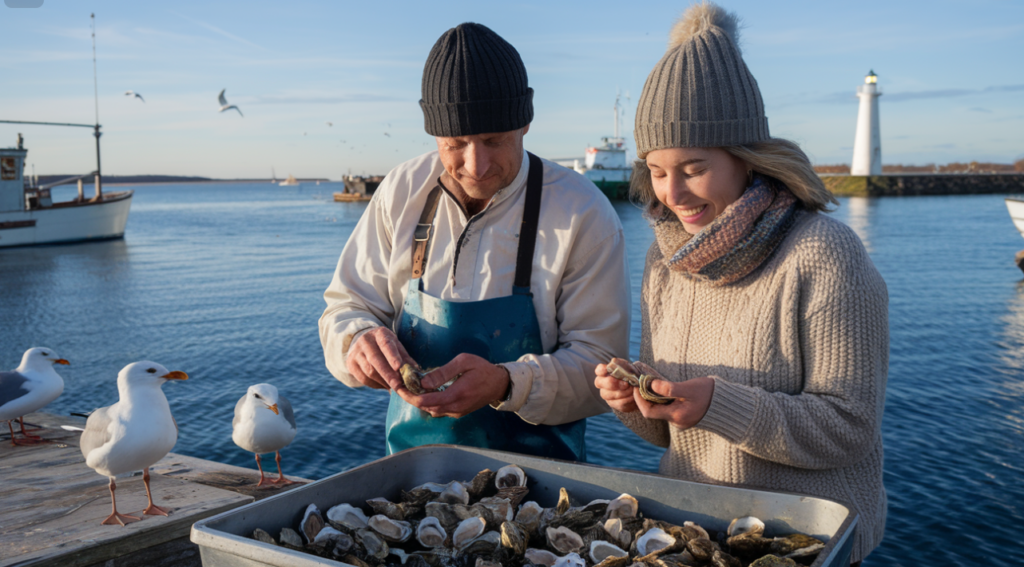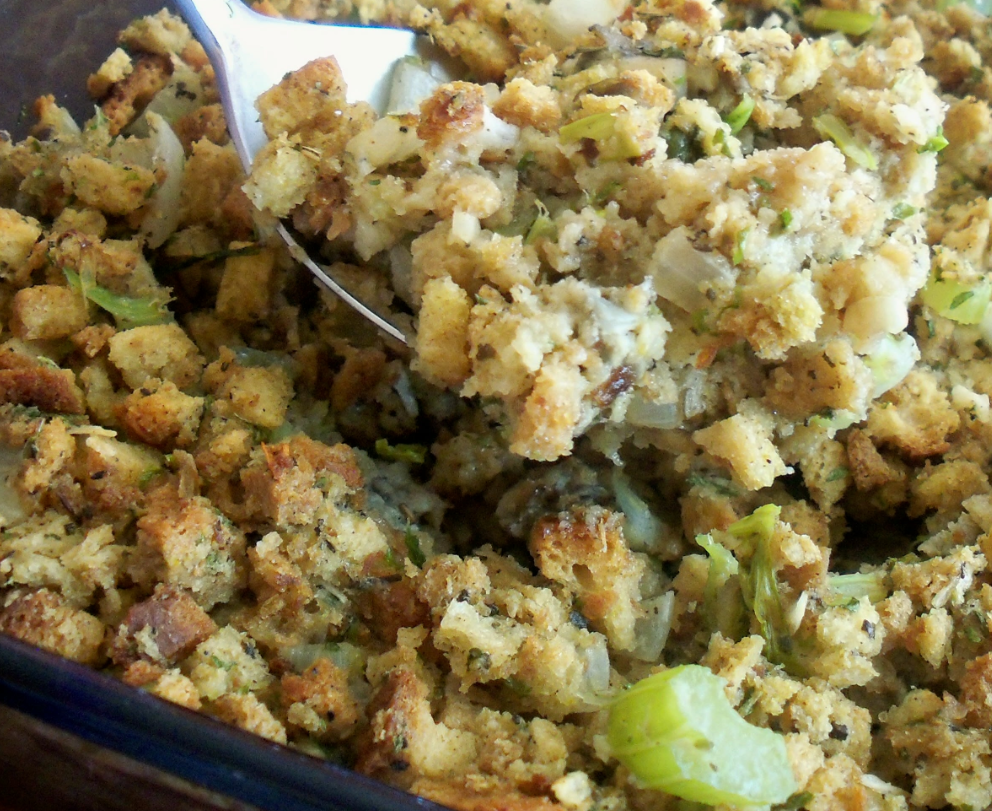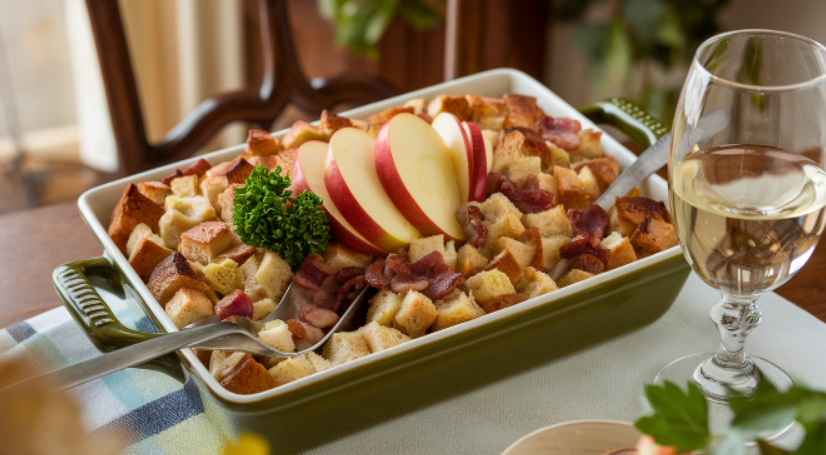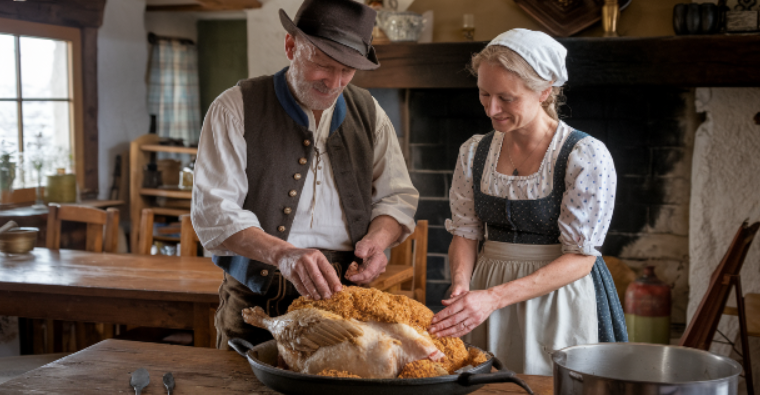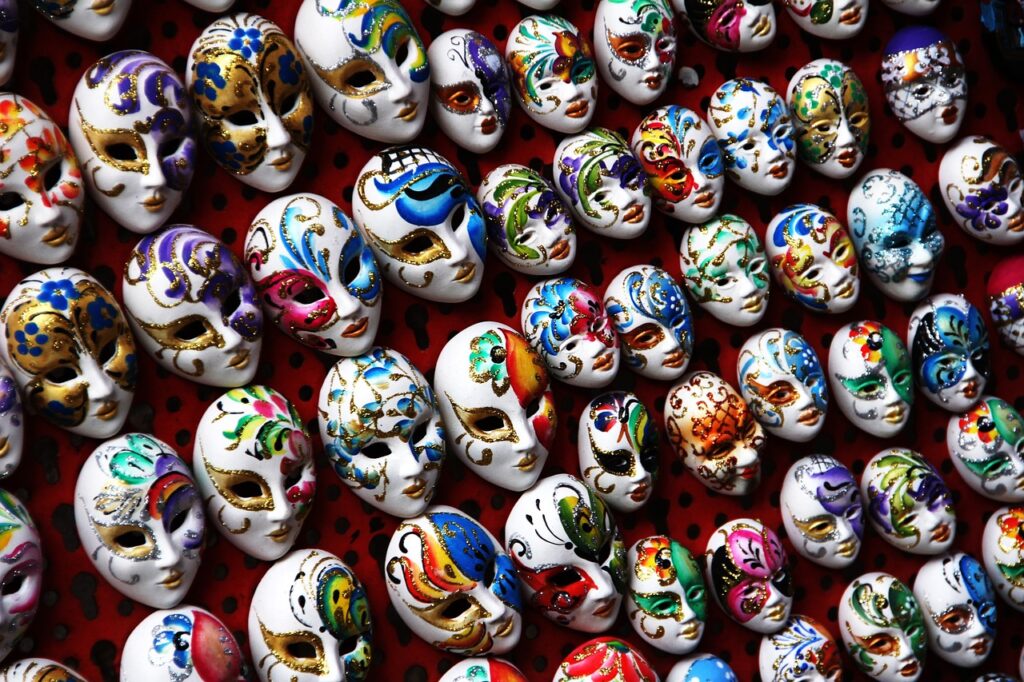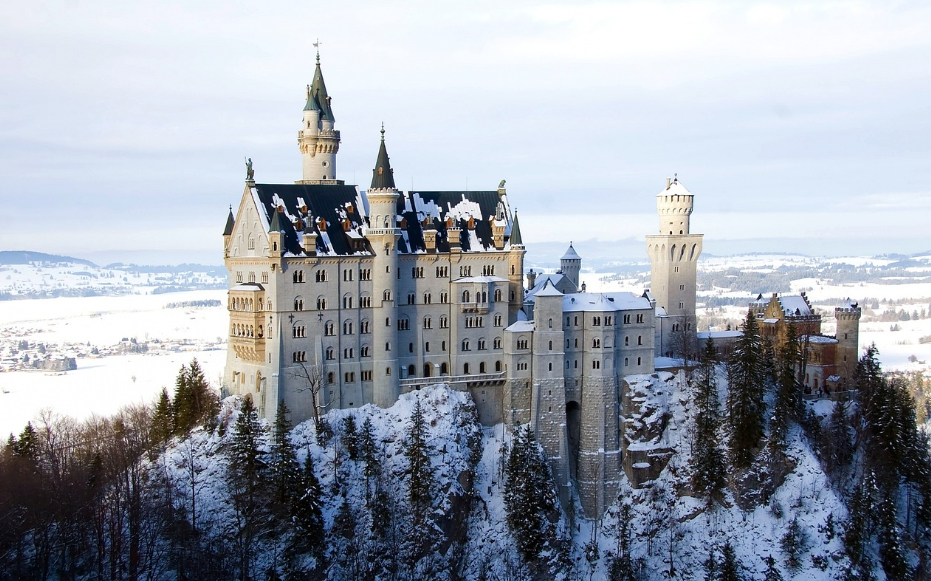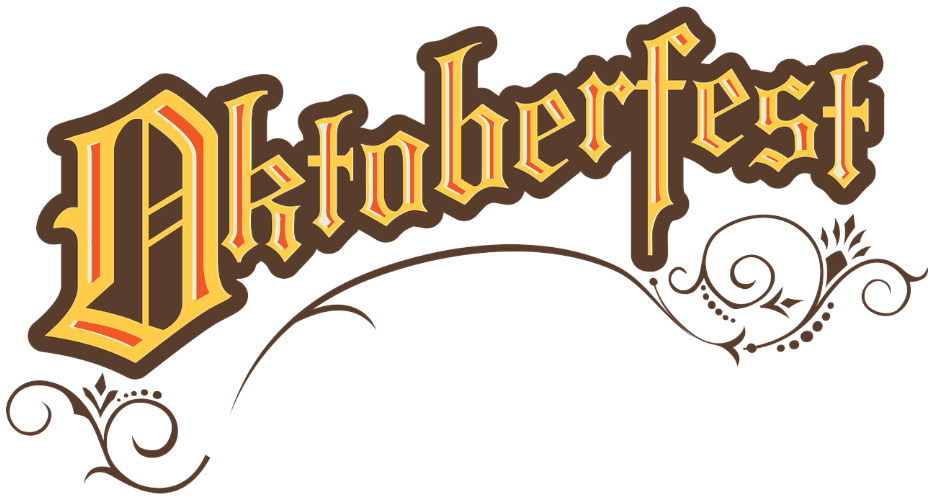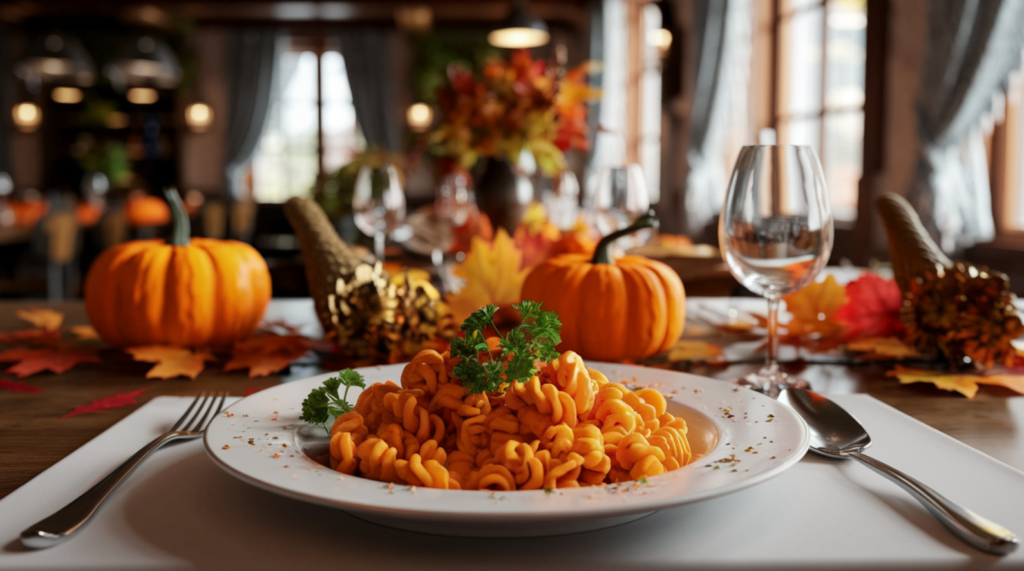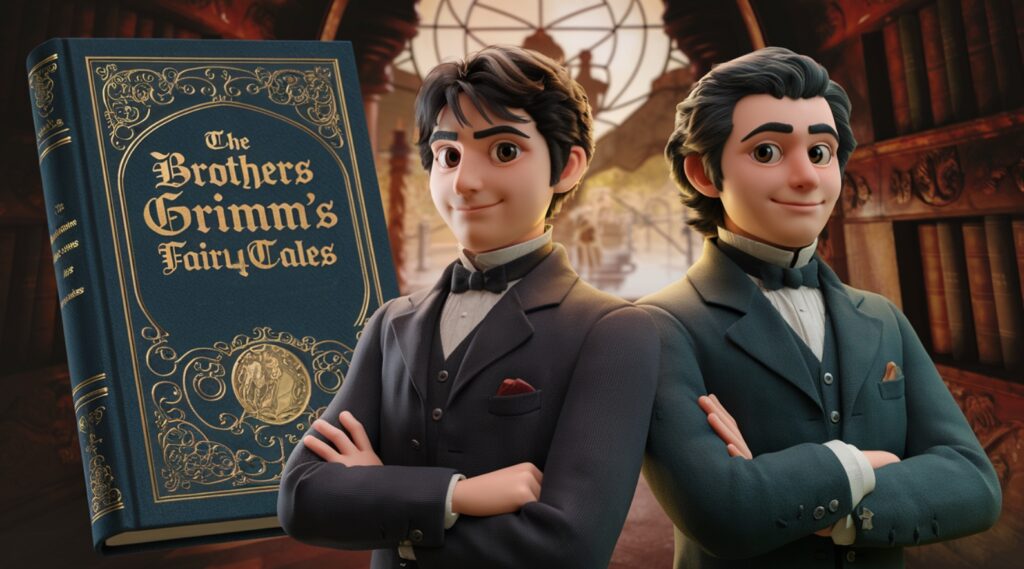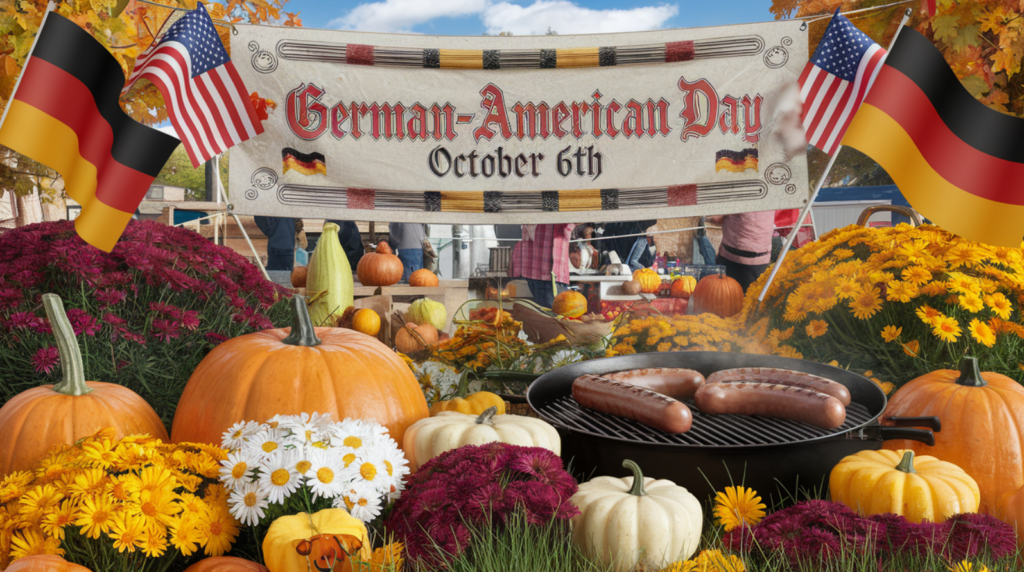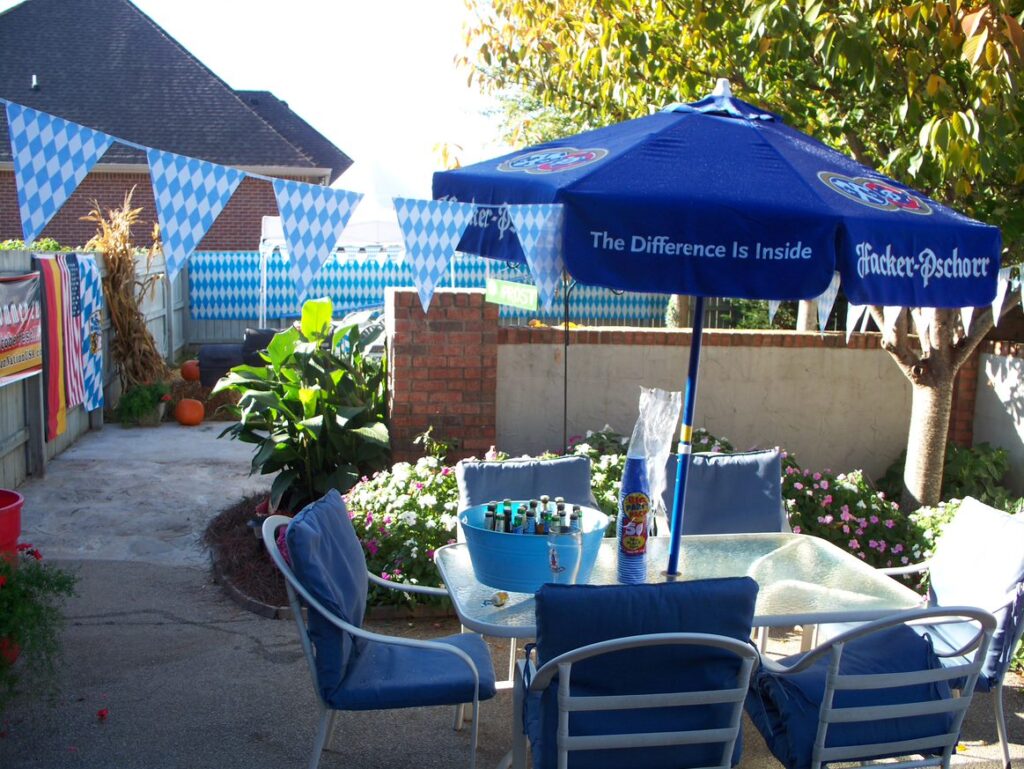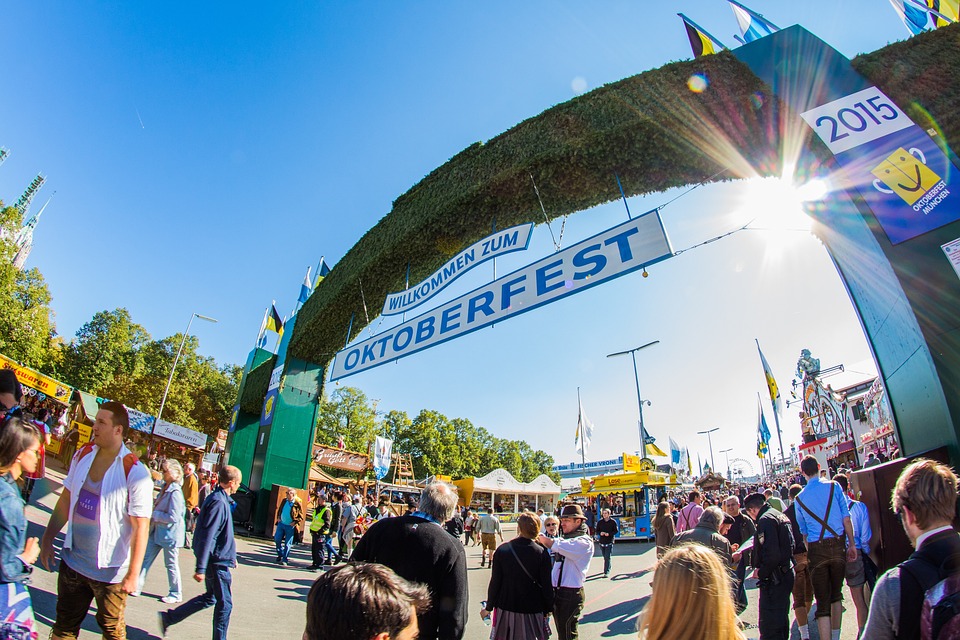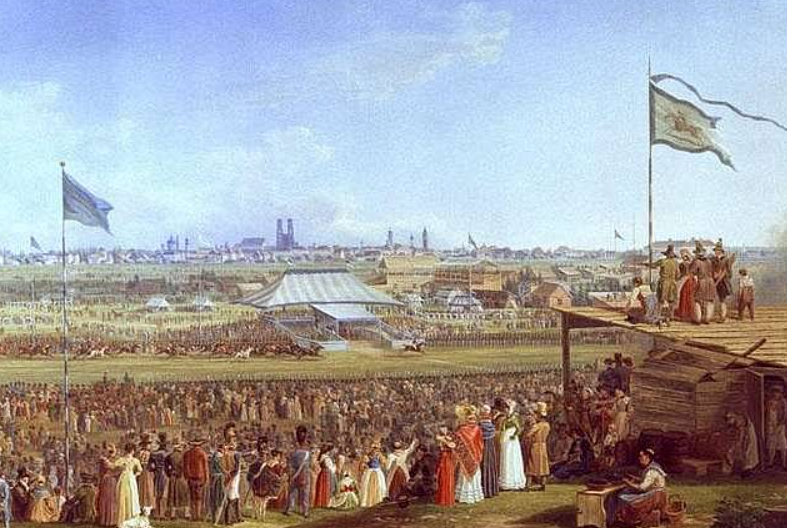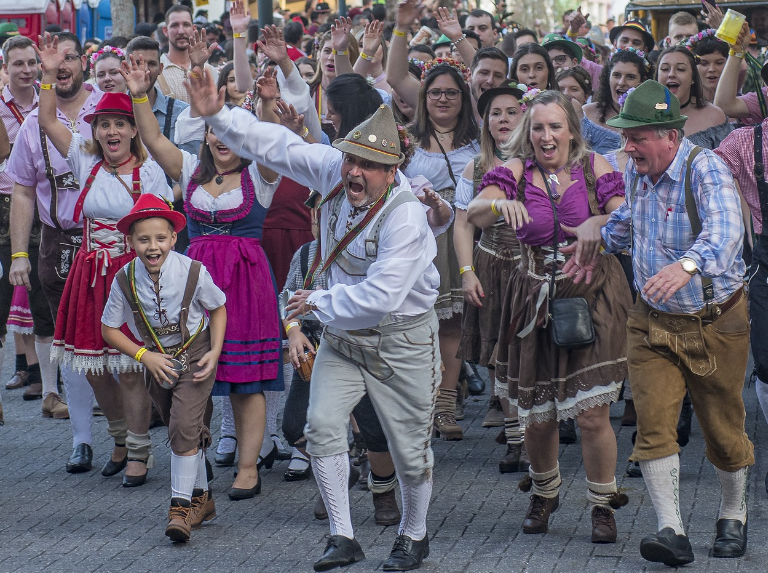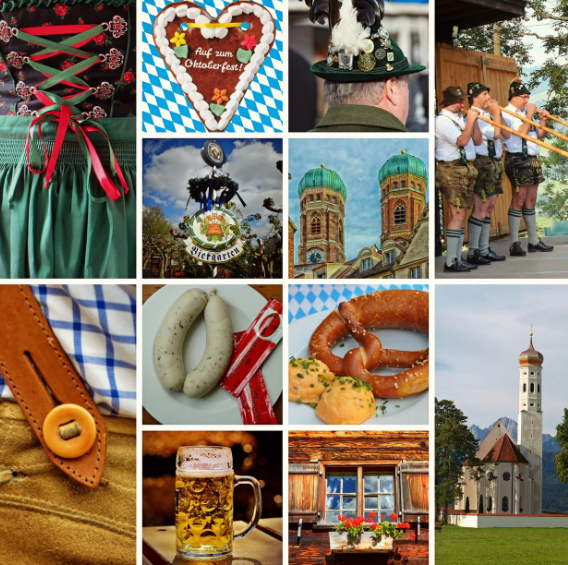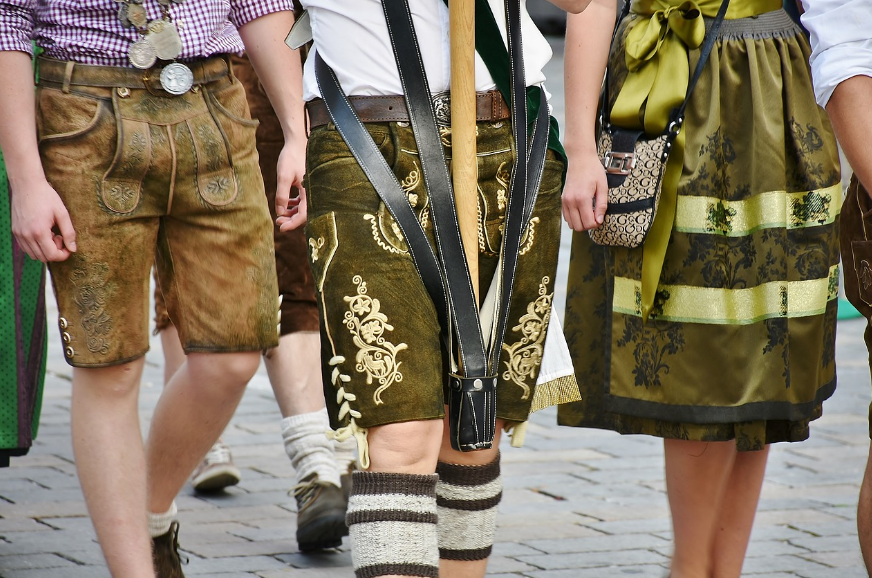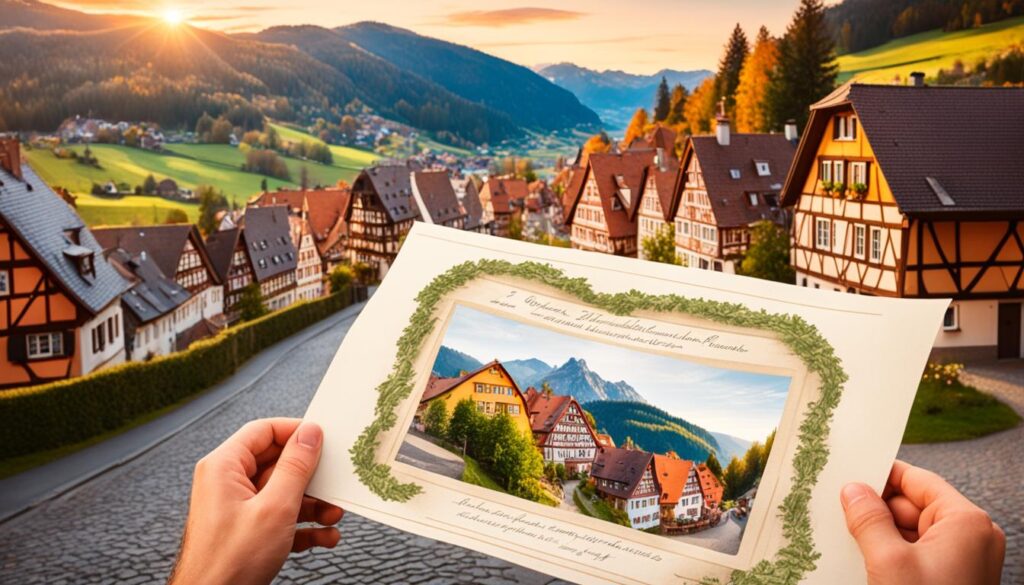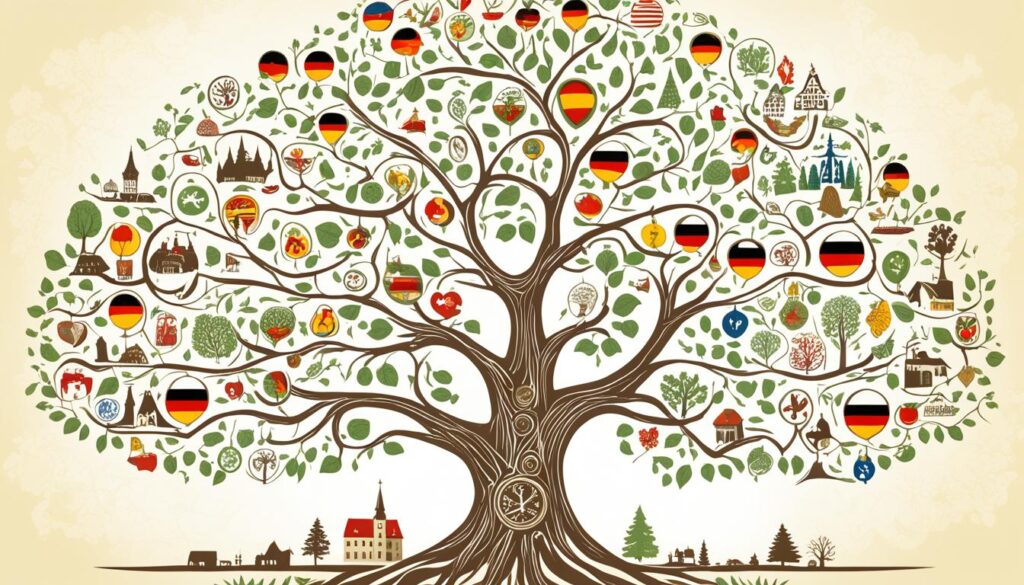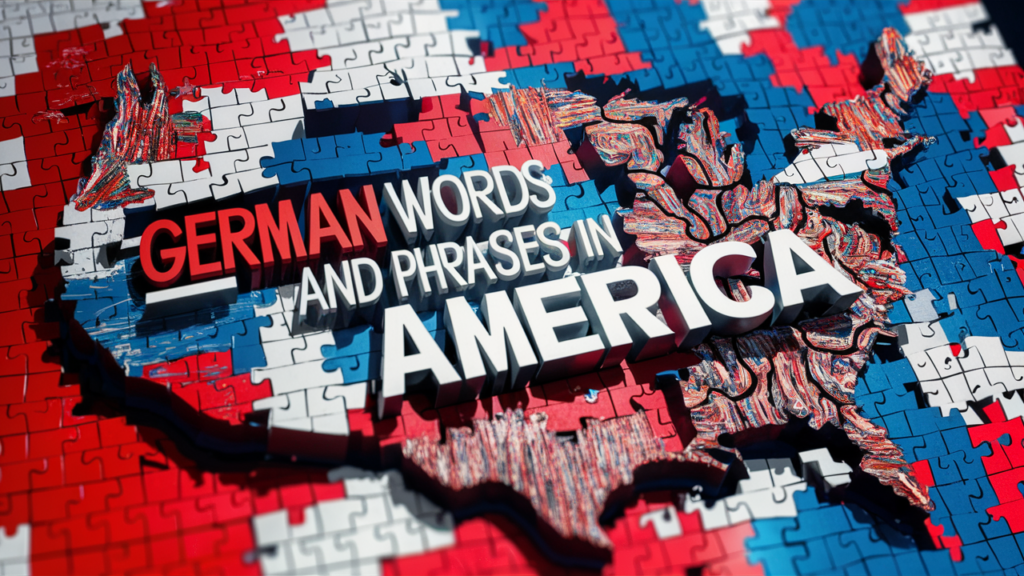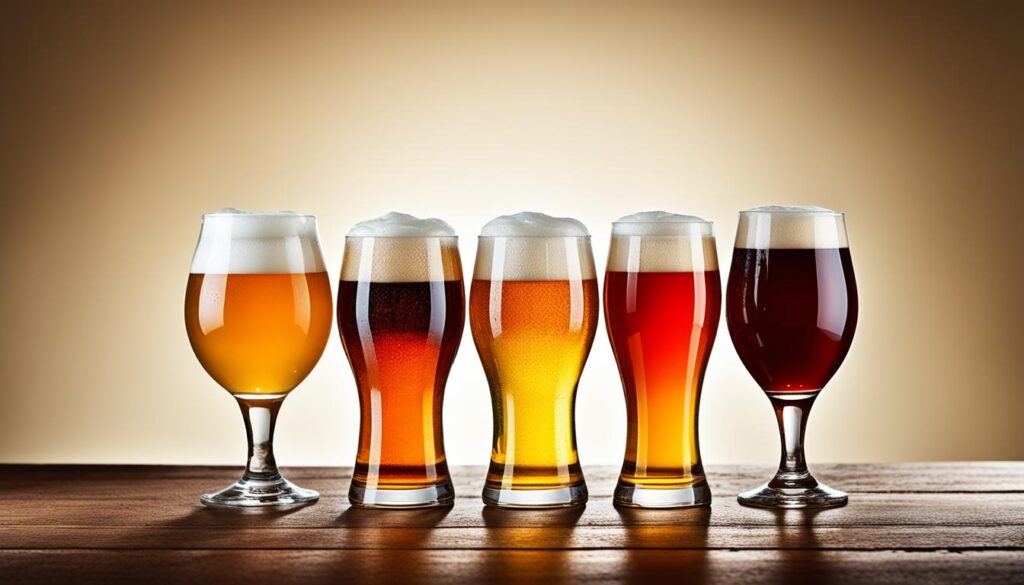Celebrate St Nicholas Day on December 6th: German-American Style
St. Nicholas Day: A Magical German Tradition
December 6th holds a special place in the hearts of many, particularly those with German heritage. This day, known as St. Nicholas Day or Nikolaustag, is a time of excitement, anticipation, and a touch of magic. Let’s delve into the rich history and traditions associated with this beloved holiday, celebrated both in Germany and among German-Americans in the United States.

The Legend of St. Nicholas
The origins of St. Nicholas Day can be traced back to the 4th century. Saint Nicholas, the real-life inspiration behind the modern-day Santa Claus, was a kind and generous bishop known for his charitable deeds. He was particularly fond of children and often left gifts for them secretly.
The legend of St. Nicholas has evolved over centuries, and in many parts of Germany, he is accompanied by a somewhat fearsome figure known as Krampus. Krampus, a half-goat, half-demon creature, punishes naughty children with switches or even takes them away. This stark contrast between the benevolent St. Nicholas and the menacing Krampus serves as a powerful reminder for children to behave well.
St. Nicholas Day Traditions in Germany
In Germany, St. Nicholas Day is a significant event, especially for children. On the evening of December 5th, children leave their shoes or boots by the door or window, hoping to find them filled with treats the next morning. Good children are rewarded with sweets, small toys, or oranges, while naughty children may receive a bundle of twigs or a piece of coal from Krampus.

The day itself is often celebrated with festive traditions. Families gather to enjoy special treats like St. Nicholas cookies, a type of gingerbread cookie decorated with colorful icing. In some regions, children may dress up as St. Nicholas or Krampus and go door-to-door singing songs and collecting candy.
St. Nicholas Day in the United States
German-Americans have brought the traditions of St. Nicholas Day to the United States, where it continues to be celebrated in various forms. Many families exchange small gifts on this day, and children may write letters to St. Nicholas expressing their hopes and wishes.
